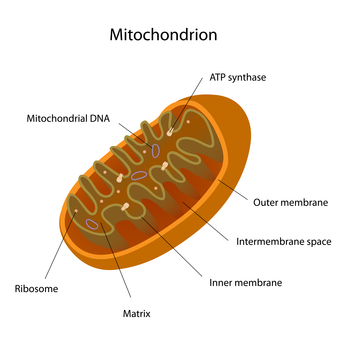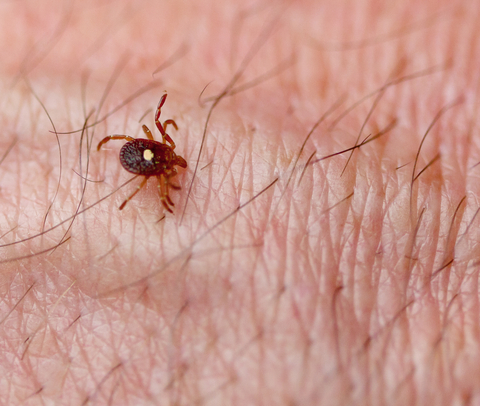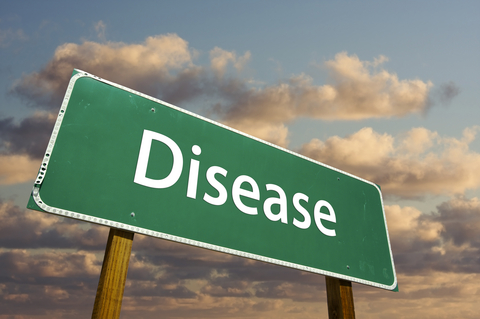 My older son with sensory processing disorder (SPD) benefited greatly from going to a land-based occupational therapist (OT) for six months. I asked her what we should do about him learning to swim, given that he had such a bad experience with it when he was 2 years old.
My older son with sensory processing disorder (SPD) benefited greatly from going to a land-based occupational therapist (OT) for six months. I asked her what we should do about him learning to swim, given that he had such a bad experience with it when he was 2 years old.
You might remember that he was so overwhelmed by the lights, sounds, the way the water felt, and his gravitational insecurity in the water that one day after class he came home and wiped down half the kitchen to relieve his stress. That’s a pretty strong reaction from a toddler. [Read more…]
 WARNING: I am a huge, biased fan of Cindy Freedman and Ailene Tisser of
WARNING: I am a huge, biased fan of Cindy Freedman and Ailene Tisser of  Here’s how I finally got help for Sensory Processing Disorder.
Here’s how I finally got help for Sensory Processing Disorder.
 My sons have had eczema their whole lives. It has ranged from cradle cap (did you know that was a form of eczema?) to itchy bumps in the creases of the knees and elbows to full-blown bloody red rashes on the arms and legs.
My sons have had eczema their whole lives. It has ranged from cradle cap (did you know that was a form of eczema?) to itchy bumps in the creases of the knees and elbows to full-blown bloody red rashes on the arms and legs. Because of my son’s failure to thrive, our pediatrician sent us to see
Because of my son’s failure to thrive, our pediatrician sent us to see  A few months ago, my then-6-year-old son had a definite change in his typically sweet personality for the worst.
A few months ago, my then-6-year-old son had a definite change in his typically sweet personality for the worst. Yet another study shows that C sections and feeding your baby formula instead of breastmilk can change your baby’s gut flora for the worse, leading to gut dysbiosis.
Yet another study shows that C sections and feeding your baby formula instead of breastmilk can change your baby’s gut flora for the worse, leading to gut dysbiosis. Methylation is a subject that keeps coming up again and again for my sons and myself. It’s one of those all-encompassing issues like toxicity or gut dysbiosis because so many diseases and conditions are linked, directly or indirectly, to it or rather, a lack of it.
Methylation is a subject that keeps coming up again and again for my sons and myself. It’s one of those all-encompassing issues like toxicity or gut dysbiosis because so many diseases and conditions are linked, directly or indirectly, to it or rather, a lack of it. Great. Not only is triclosan, the drug in many anti-bacterial hand sanitizers and soaps, an endocrine disruptor (it damages your thyroid and hormonal system) and a pesticide (it kills your good gut flora), but now
Great. Not only is triclosan, the drug in many anti-bacterial hand sanitizers and soaps, an endocrine disruptor (it damages your thyroid and hormonal system) and a pesticide (it kills your good gut flora), but now 

